Debunking Riddles in Hinduism part-2(Lord Krishna)
Claim 1:-
Rebuttal:- I don't know how someone take this man's words seriously.....A simple reading of Bhagvatam can clarify such utter nonsense.
Adi Shankaracharya, while commenting on Bhagavad Gita (4.13 & 18.41) says that Brahmana is a designation given to one in whom there is a predominance of Sattva; Kshatriya is one in whom there is both Sattva and Rajas, but Rajas predominates; in Vaishya, both Rajas and Tamas exist, but Rajas predominates; and Shudra is one in whom both Rajas and Tamas exist, but Tamas predominates. These Gunas are revealed by the natural temperaments and behavior exhibited by the person.
Also check the commtary of Gita 4.13 by Viswanath Chakravarti:-
conclusion:- It is bogus to claim that if there is three gunas then how come there exists four varnas.... Because each varna is produced by the mixture of three gunas, Brahmin (Sattva+Rajas), Kshatriya(Rajas+Sattva), Vaisyas(Rajas+Tamas), Shudras(Tamas+Rajas)
Claim-2:-
Rebuttal:- Polygamy was common at that point of time, it is not only limited to Yadava community, and no not all yadavas were polygamous Lord Krishna's own brother lord Balarama had one wife named Revati, and Krishna's foster-father Nanda had one wife that is Yashodha.
Regarding the claim incest Ambedkar claimed one of Krishna's ancestor king Taittiri married his own daughter and from her King Nala was born..Ambedkar didn't cite evidence for his claim, he simply said in Matsya Purana this is mentioned, he didn't quoted which verse and chapter such thing is mentioned.
I checked the descriptions of Yadava dynasty described in Matsya Purana and found that no such thing is mentioned anywhere. Moreover as per Maysya purana the son of Taittiri wasn't Nala, rather he was grandson of King Taittiri.
King Sarpa was the son of king Taittiri not Nala.
Regarding the incident of Samba(Krishna & Jambavati's son) and Krishna's wives that incident different what Ambedkar tried to portray.
Here certain points to be noted:-
1) Ambedkar said Samba lived an illicit life with the wives of Krishna(his father) as per Matsya Purana. However from the above description there's no mention of sexual illicit relationship between Samba and the queens of Krishna, it was just once there mind attracted towards Samba.
2) Samba wasn't the biological son of those queens, they were his step-mothers. And the whole story didnt anyhow glorified that act, rather Krishna after knowing their thoughts by the power of Yoga cursed those queens for those thoughts.
However one incident I should mention which Ambedkar may not aware of that as per Skanda Purana there is indeed an incident which we may say comes under illicit relationship.
Skanda Purana 6.1.213:-
Here notice Samba was unaware because of darkness that it was his step-mother, and when he discovered he just awstuck with grief and criticized her heavily as follows:-
From here it is clear Samba didn't have any wrong intentions so we should not criticize him, if someone is to be criticize then it will be his step-mother Nandini who consciously did that sin, due to overpowered by lust. She assumed the guise of his wife in the Dark.
Samba distressed in pain wanted to perform prāyaścita for this act and he even consulted with an excellent Brahmin, here as follows:-
The full description of that rite "Tingini" rite is described in details from verse 48-53 as follows:-
From the above-mentioned description of that prāyaścita it is clear it was a very painful suicide. But even Samba wanted to perform that, although even he knows he was innocent.
However after he revealed what happened to his father(Lord Krishna), how Nandini deceived him and for that he wanted to perform Tingini rite for prāyaścita and want to take his permission. Then somehow Krishna managed the situation and rather prescribed him to perform worship of lord Martanda(Sun) by 108 circumamblations, then he will be free from his ailments & regain purity.
Ambedkar claimed Draupadi said Satyabhama that she shouldn't stay privately with his step-sons. I don't how this thing comes under incest? Rather it goes against incest. A very similar verse is there in Manusmriti as well under the section of Rules to be observed by the Religious Student:-
"One should not sit alone with his mother, sister or daughter. The powerful host of sense-organs overpowers even the learned." (Manusmriti 2.215)
Here Commentator Medhatithi explain why :-
Incestuous relationships were existed since from Ancient times, so such strict prescriptions were made for that one may not be effected by such things at any cost because it comes under grave sin.
If we see what science says:-
Regarding the last claim that Pradyumna married his own foster-mother. Ambedkar got the whole thing wrong. Here I describe the whole incident in short:-
Māyāvatī was Rati(wife of Kamadev) in her former birth when her husband was burnt by śiva, she was reborn as the superintendent of Demon Śambara's kitchen. Hearing from Nārada that Pradyumna was Kāma and that he was thrown into sea by Śambara and swallowed by a fish and was brought to her kitchen, she nursed him lovingly and when he came of age, she spoke the truth and taught him mahāmāyā vidyā with which he killed Śambara. She took him by air to Kṛṣṇa and was rejoiced to become the daughter-in-law of Kṛṣṇa and Rukmiṇī. (Source:- Bhāgavata-purāṇa X. 55. 6-38; Viṣṇu-purāṇa V. 27. 7-16, 27-30.)
Even Mayavati recognised him at the very first sight that this infant was Kamdeva(his husband) who appeared as the son of Krishna & Rukmini, so she didn't fed her breast milk to that child, she handed over the baby to a nurse and soon reared him up with nourishing tonics.
Claim 3:-
Rebuttal:- Regarding the stealing of gopis clothes here I already made a full analysis of that event with numerous sources. I will not repeat it here.
http://thesarvadaman.blogspot.com/2023/08/gopis-vastraharan.html
Claim 4:-
Rebuttal:- "It(Rasa lila) is said to be still prevalent among some of the wild tribes of this country".....look at this statement carefully then you will know by yourself Ambedkar's hollow knowledge regarding Indian culture.
Rasalila has been a popular theme in Kathak, Bharatanatyam, Odissi, Manipuri, and Kuchipudi dance forms. Rasalila is a popular form of folk theatre in the regions of Mathura, Vrindavana in Uttar Pradesh, Nathdwara amongst various followers of Pushtimarg or the Vallabh sect and other sects in the regions of India. It is also seen in Gaudiya Vaishnavism in Nadia a district of West Bengal which is also known for Raas Utsava.
The raslila is also observed as one of the State Festivals of Assam which usually is celebrated during late November or early December. During Raas Mahotsava, several thousand devotees visit the holy temples and satras of Assam every year.
In the tradition of Vaishnavism of Manipur Raas Leela is depicted within Manipuri classical Indian dance and revolves around the story of love between Krishna and Radha, his divine beloved. This form of dance was started by Bhagya Chandra in 1779 and in some parts of India is still performed every year on Krishna Janmashtami (the festival to celebrate Krishna's birthday).
When Gopis danced with SriKrsna they did so with full knowledge of who SriKrsna was as attested in Gopika Geetam where they say "we know that you are no ordinary son of another Gopika but the Antaryami of all beings". So, this cannot comes under adultery or any kind of illicit relationship because they already he wasn't any ordinary human being.
Regarding the case of Radha, when all these Rāsa lila happened Krishna was a kid of 9 yrs of age. He wasn't married at that time with Rukmini, so the claim of Adultery which Ambedkar tried portray is comical. Krishna leave Vrindavan and killed Kamsa when he was almost 12 years of age. The whole incident of Rāsa lila happened in his childhood days, Not after his marriage with Rukmini.
Ambedkar mentioned Brahmavaivarta puran, let's see exactly how Brahmavaivarta Purana describe Radha. As per the text she was the eternal consort of Krishna and just appeared in the Vrindavan with human form.
Her clone(shadow form) was married to Rayana, who himself was an amsa of Sri Krishna. So, basically Radha was not the wife of Rayana properly.
Even Krishna & Radha were married in Vrindavan and lord Brahma was the priest
Rebuttal:- Let's see the relationship between Kubja and Lord Krishna in short:-
When Lord Kṛṣṇa and Balarama entered the city of Mathurā, killed a washerman of Kamsa and bestowed benedictions upon a weaver and a garland-maker named Sudāmā. After leaving Sudāmā’s house, Lord Kṛṣṇa came upon Trivakrā(Kubja), a young hunchbacked maidservant of Kaṁsa’s who was carrying a tray of fine ointments. The Lord asked her who she was and requested some ointment from her. Entranced by His beauty and joking words, Trivakrā gave both Kṛṣṇa and Balarāma a good deal of ointment. In return, Kṛṣṇa stepped on her toes with His lotus feet, took hold of her chin and lifted, thus straightening her spine. The now beautiful and charming Trivakrā then grabbed the edge of Kṛṣṇa’s upper cloth and asked Him to come to her house. Kṛṣṇa replied that after He had taken care of some business He would certainly come and relieve her mental torment. Then the two Lords continued Their sightseeing tour of Mathurā.
This whole incident of meeting with Kubja and Lord Krishna cured her is found in Bhagvatam 10.42; Vishnu Purana 5.20 Translation by HH Wilson
Now come the another part above you see Lord promised her that after He had taken care of some business He would certainly come and relieve her mental torment.
After killing Kamsa and completed his certain works Lord Krishna went to the home of Trivakrā along with Uddhava, which was decorated with diverse ornamentation conducive to sexual enjoyment. Trivakrā welcomed Kṛṣṇa with great respect, giving Him a raised seat and, together with her female companions, worshiping Him. She also offered Uddhava a seat, as befitted his position, but Uddhava simply touched the seat and sat on the floor.
Lord Kṛṣṇa then reclined on an opulent bed as the maidservant Trivakrā elaborately washed and decorated herself. [Śrīla Viśvanātha Cakravartī adds that Lord Kṛṣṇa made Himself comfortable on a bed located in the inner chambers of Trivakrā’s home.] Then she approached Him. Kṛṣṇa invited Trivakrā to the bed and began to enjoy with her in various ways. By embracing Lord Kṛṣṇa, Trivakrā freed herself of the torment of lust. She asked Kṛṣṇa to remain with her for some time, and the considerate Lord promised to fulfill her request in due course. He then returned with Uddhava to His residence.
[Source:- Bhagvatam 10.48]
Certain important points to be noted:-
Sukadev said:- "Now knowing the earnest desire of the maid-servant Trivakrā who was pining with passionate love for him, the Almighty Lord, the In-dwelling soul of all, who is omniscient, went to her house with an intention to gratify her cherished desire."
(Bhagvatam 10.48.1)
God satisfied his devotees according to their wish that's it nothing unusual here as well. Sri Krsna says that He reveals Himself to all who surrender unto Him, exactly in accordance with the essential nature of their surrender (Gita 4.11).
In the Brahma Vaivarta Purana & as per Garga Samhita, Kubja is the reincarnation of Shurpanakha, a demoness who vied for Rama, Krishna's previous birth on earth. Surpanaka's penance is rewarded in her birth as Kubja, when her desire to unite with Rama is fulfilled. Hence she receives Krishna (reincarnation of Rama) as husband (spiritually). After the union with Krishna she received Goloka(spiritual realm of Krishna) and became a cowherdess named Candramukhi.
Garga Samhita:-
As per Brahmavaivarta Puran after satisfied her desire she transformed into a divine figure and went to Goloka and became Chandramukhi.
Conclusion:- Sri Krishna is devoid of any asakti or kaamna or lust. Whatever he does, he does for fulfilling legitimate desires of his devotees. Which is why, actions don’t bind him.
It is stated that devotees control Him(lord) just as a chaste wife controls her husband:-
"A faithful wife wins her husband’s love by her loyalty. I am similarly won over by My devotees whose hearts are completely bound to Me, while showing equanimity to all beings,"(SrimadBhagavatam 9.4.6 )
Claim 6:-
Rebuttal:- "This doesn't seems to be true"....How come Ambedkar said this ? Was he God himself ? If sources says so that Rukmini wrote a love letter to Sri Krishna which Ambedkar himself agree that exists in scripture, then how who the hell he is to deny this? This shows Ambedkar was a biased towards his own views he made up things accordingly his own wish.
Here some other sources as well which clearly shows that Rukmini wrote love Letter to Sri Krishna
Krishna's marriage with Satyabhama ,& Jambavati:-
King Satrājit received the Syamantaka gem by the grace of his best well-wisher, the sun-god, Sūrya. In Dvārakā Satrājit installed the precious stone on a special altar in his home. Every day the gem produced a large quantity of gold, and it had the additional power of assuring that wherever it was properly worshiped no calamity could occur.
On one occasion Lord Śrī Kṛṣṇa requested Satrājit to give the gem to the King of the Yadus, Ugrasena. But Satrājit refused, obsessed as he was with greed. Shortly thereafter Satrājit’s brother Prasena left the city to hunt on horseback, wearing the Syamantaka jewel on his neck. On the road a lion killed Prasena and took the jewel away to a mountain cave, where the king of the bears, Jāmbavān, happened to be living. Jāmbavān killed the lion and gave the jewel to his son to play with.
When King Satrājit’s brother did not return, the King presumed that Śrī Kṛṣṇa had killed him for the Syamantaka gem. Lord Kṛṣṇa heard about this rumor circulating among the general populace, and to clear His name He went with some of the citizens to find Prasena. Following his path, they eventually found his body and that of his horse lying on the road. Further on they saw the body of the lion Jāmbavān had killed. Lord Kṛṣṇa told the citizens to remain outside the cave while He went in to investigate.
The Lord entered Jāmbavān’s cave and saw the Syamantaka jewel lying next to a child. But when Kṛṣṇa tried to take the jewel, the child’s nurse cried out in alarm, bringing Jāmbavān quickly to the scene. Jāmbavān considered Kṛṣṇa an ordinary man and began fighting with Him. For twenty-eight days continuously the two fought, until finally Jāmbavān grew weak from the Lord’s blows. Now understanding that Kṛṣṇa was the Supreme Personality of Godhead, Jāmbavān began to praise Him.
[Jāmbavān said:] I know now that You are the life air and the sensory, mental and bodily strength of all living beings. You are Lord Viṣṇu, the original person, the supreme, all-powerful controller.
You are He who impelled the ocean to give way when His sidelong glances, slightly manifesting His anger, disturbed the crocodiles and timiṅgila fish within the watery depths. You are He who built a great bridge to establish His fame, who burned down the city of Laṅkā, and whose arrows severed the heads of Rāvaṇa, which then fell to the ground.
The Lord touched Jāmbavān with His lotus hand, dispelling his fear, and then explained everything about the jewel. With great devotion Jāmbavān gladly presented the Syamantaka jewel to the Lord, together with his unmarried daughter, Jāmbavatī.
Lord Kṛṣṇa entered the city in the company of His new wife. He summoned Satrājit to the royal assembly and, after recounting to him the entire story of the Syamantaka jewel’s recovery, gave the jewel back to him. Satrājit accepted the jewel, but with great shame and remorse. He went back to his home, and there he decided to offer Lord Kṛṣṇa not only the jewel but also his daughter so as to atone for the offense he had committed against the Lord’s lotus feet. Śrī Kṛṣṇa accepted the hand of Satrājit’s daughter, Satyabhāmā, who was endowed with all divine qualities. But the jewel He refused, returning it to King Satrājit.
Source:- SrimadBhagavatam 10.56
#Hence None of them give their daughter to Lord Krishna because of fear or peace-offering.
Regarding cousin marriage of Krishna:-
Cousin marriages was common at that time At the age of 16, Siddhartha(Gautam Buddha) married his cousin Yasodharā, the niece of Maha Maya and Mahapajapati. Yasodhara's father was traditionally said to be Suppabuddha, but by some accounts it was Dandapani.
(Source:- Schumann, H.W. (2016). Historical Buddha: The Times, Life and Teachings of the Founder of Buddhism. Motilal Banarsidass. p. 24. )
Claim 7:-
Rebuttal:- The incident was the end of Yadava dynasty, where Yadavas indulged in killing themselves due to a curse the whole story I will not repeat because Ambedkar already mentioned that, I just simply counter the claim Krishna killed his own community members after his sons were killed in that battle.
The thing is Krishna killing his own peoples if you look at the context was this:-
The Bhagavata Purana11.30.21-25 translated by G. V. Tagare
Conclusion:- when Krishna tried to stop them they even attacked Krishna and considered him as their enemy.

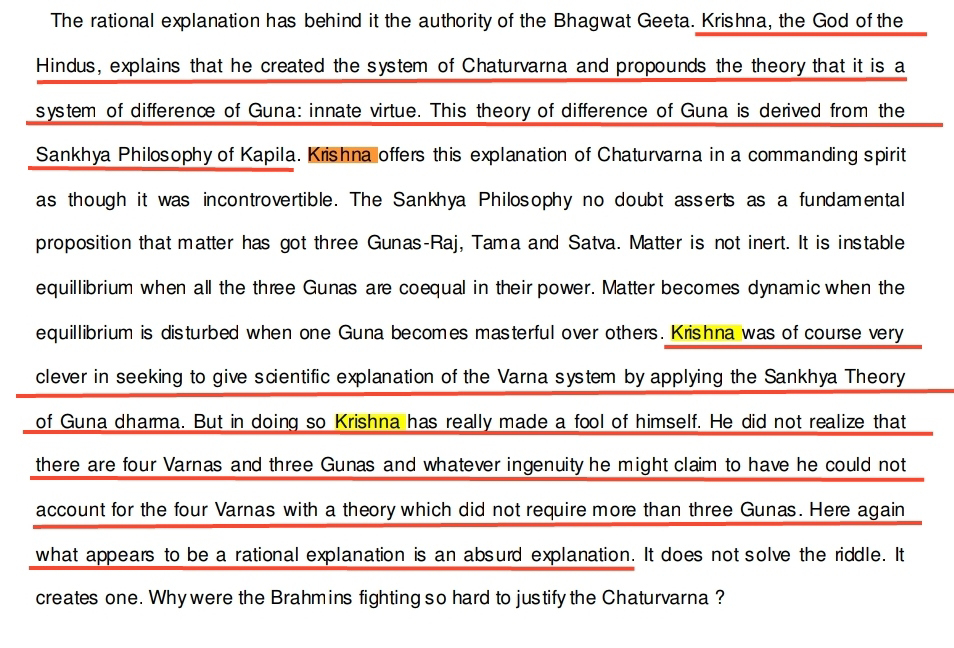
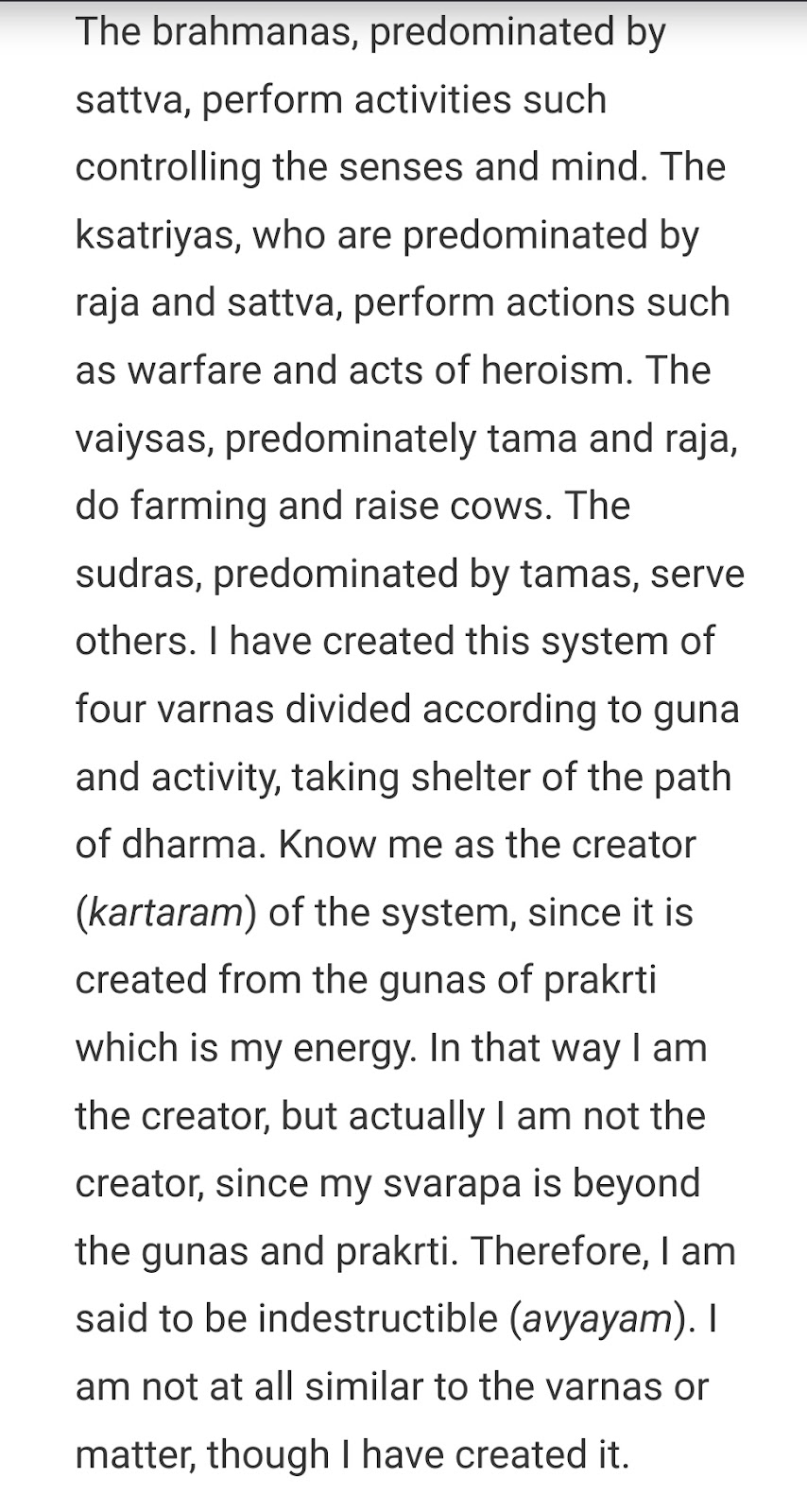








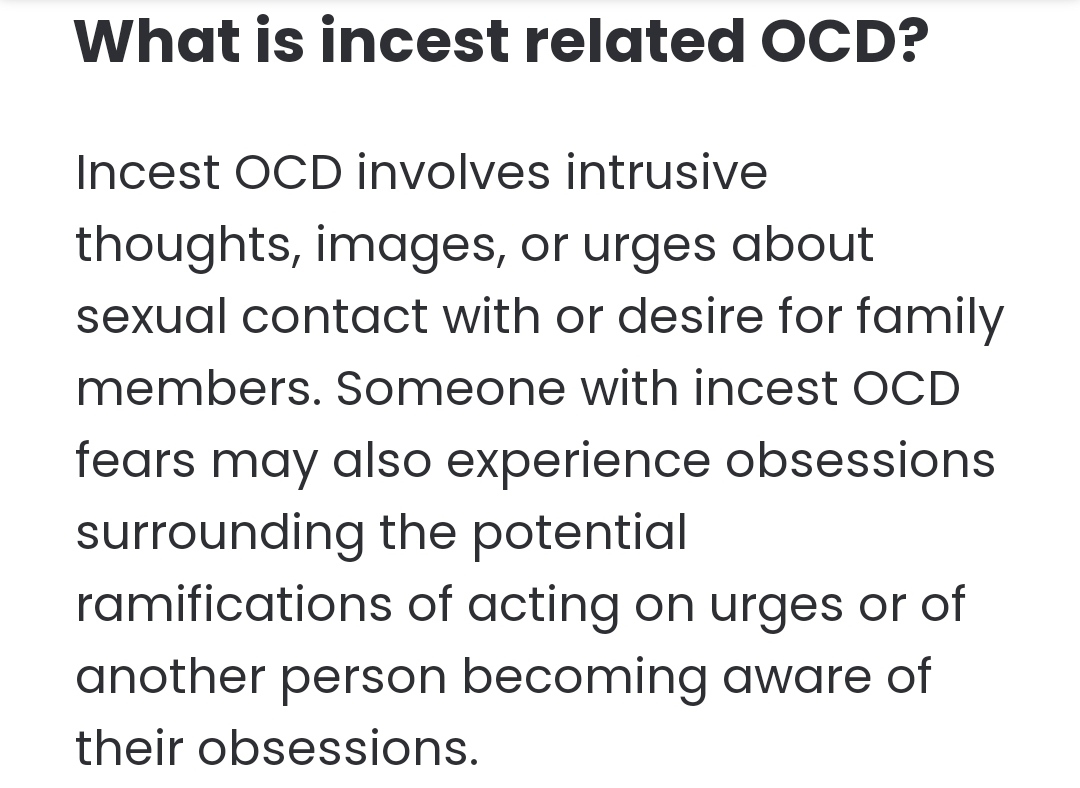








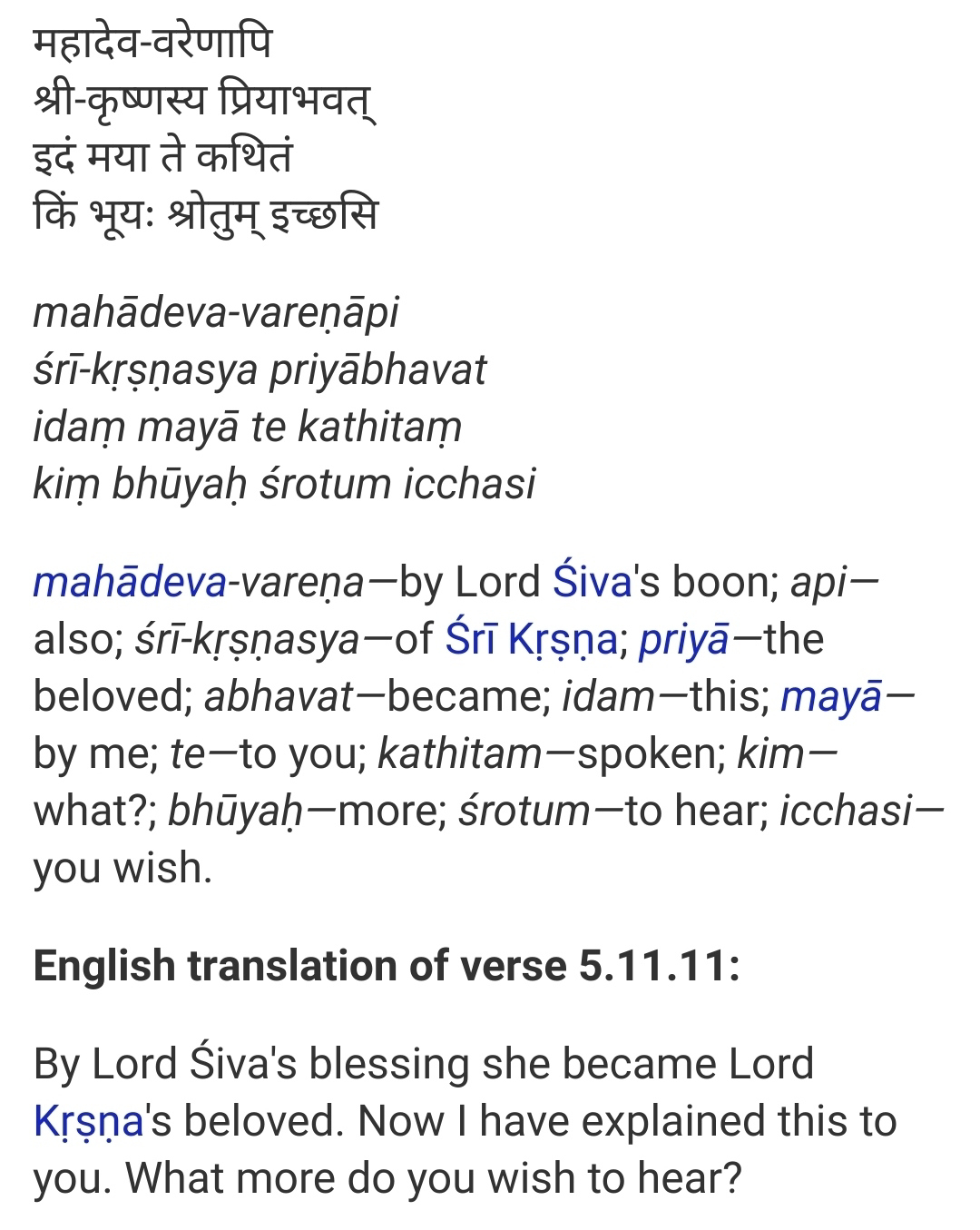

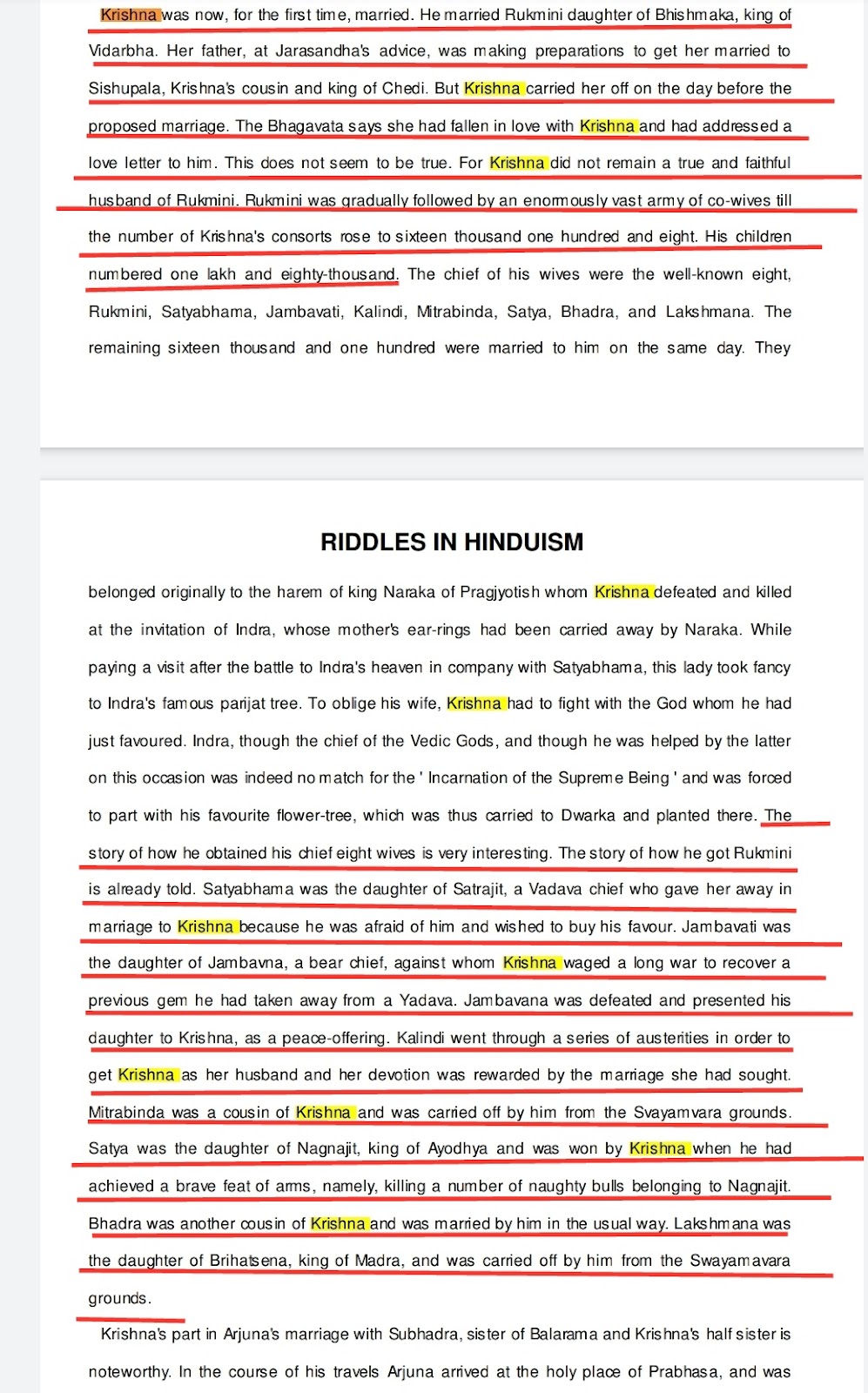










Comments
Post a Comment